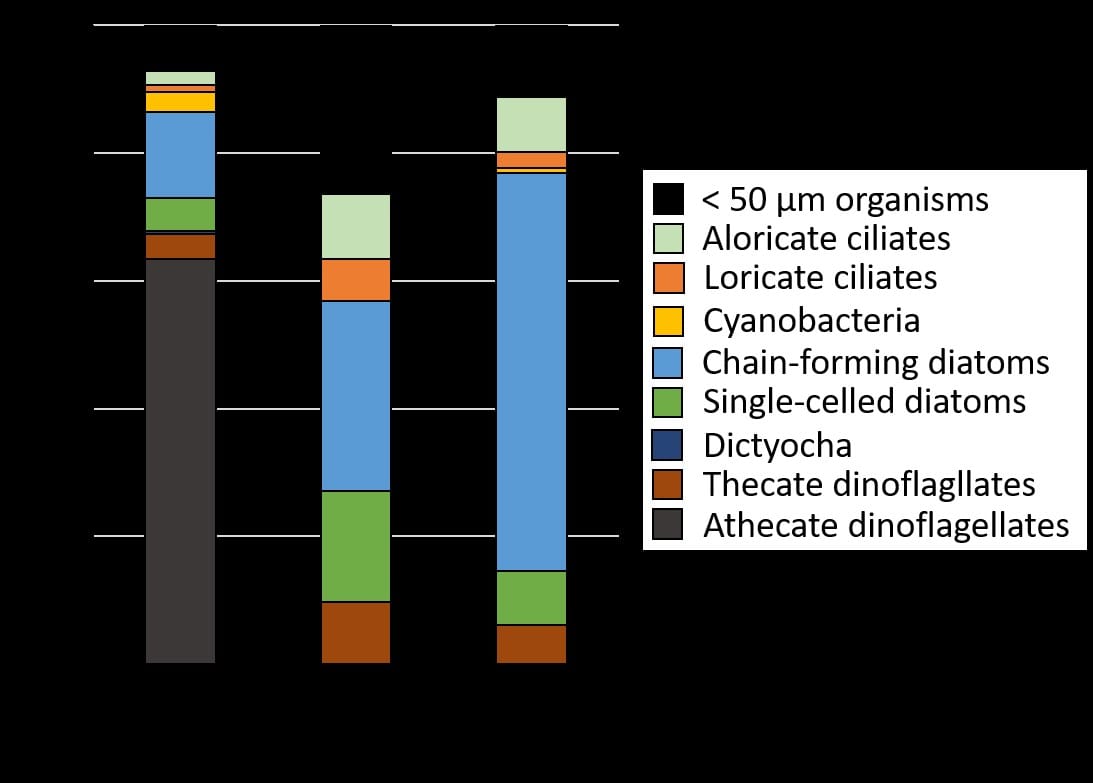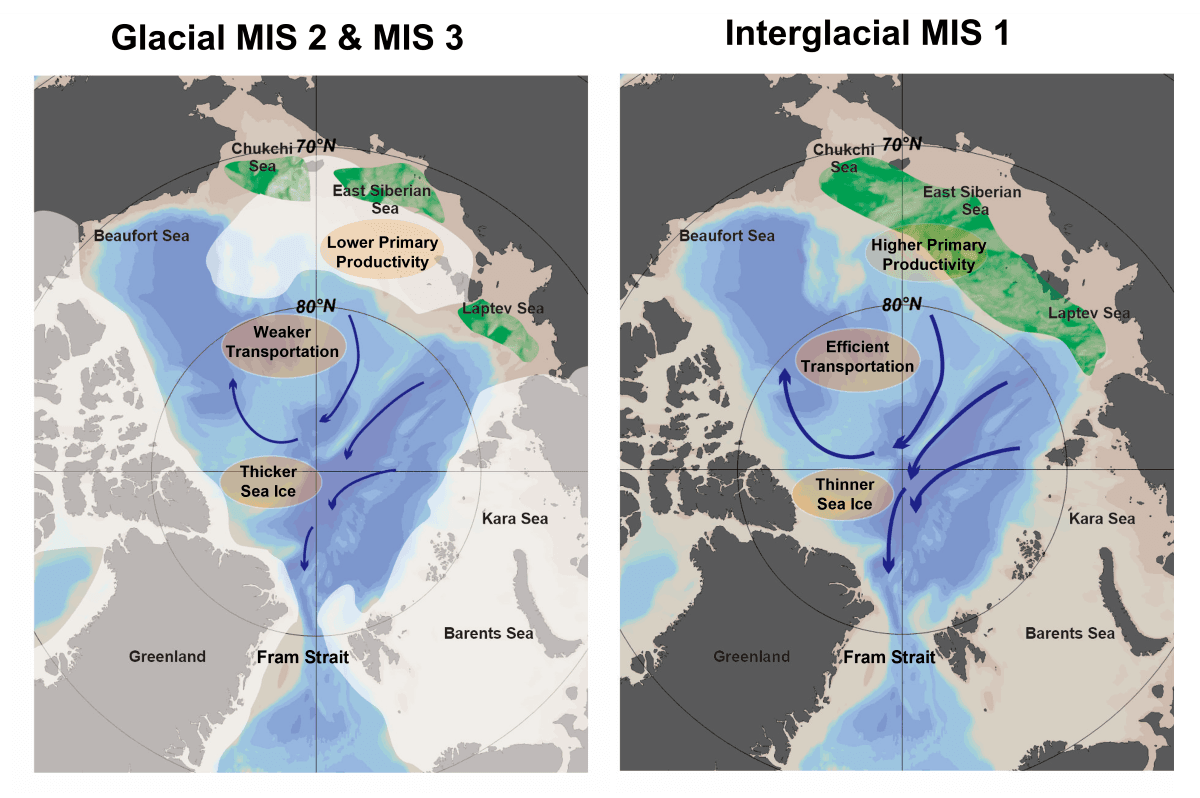[Shiao JC]
Through oceanographic surveys for several years, we find that the inshore area of the East China Sea, corresponding to the prohibited zone for trawling, had extremely high nutrient concentrations and low dissolved oxygen. The diversity index of demersal fish showed significantly negative correlations with nutrient concentrations and positive correlations with bottom-water dissolved oxygen. The inshore area of the East China Sea was heavily dominated by small-sized fishes, reflecting low survival of most fish species. These findings suggest that eutrophication and subsequent hypoxia could have limited fish population growth in the trawling prohibition area of the East China Sea despite of absence of fishery operations. Therefore, a multi-pronged fishery management plan that involves both fishing restriction and environmental improvement is urgently needed in the East China Sea.









